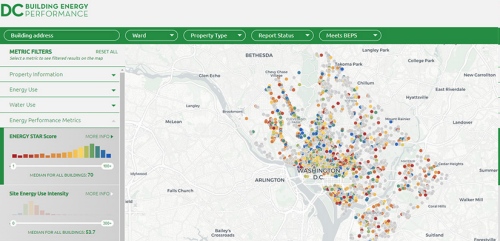

Download the starter code here and open Snap.xcodeproj in Xcode. To save you some time, I’ve already prepared a basic Xcode project that contains all the resources (such as images and nib files) that you’ll need for this first part. If any of the other players yell “Snap!”, you’ll see a speech bubble next to their name. The button in the lower-right corner lets the local player yell “Snap!” (there’s no actual need to run around the room screaming when you’re playing the iPhone game). The game screen shows the players sitting around the table with their piles of face-up and face-down cards. Here you tap on the game you want to join and wait until the host taps his Start button. The table view lists the available games (there may very well be multiple people hosting a game). The “Join Game” screen looks very similar to the Host Game screen, except that there is no Start button. Usually the players decide between themselves beforehand who will host the game, and everybody else then joins that game. Pressing the Start button will begin the game from that point on, no new players can join. The “Host Game” screen contains a table view that lists the players that have joined this session. She can decide to host a game that others can join, join a game hosted by someone else, or play a single-player game against the computer. The flow of the application is roughly as follows:Ībove is the main screen of the app, and the first thing a player sees. With Snap! there will always be one player who hosts the game, also referred to as the “server.” The other players will join the session that this host has set up.
#Buildbox free transform too how to
In the first part of this tutorial, you’ll learn how to connect the players’ devices so that they can communicate over Bluetooth or Wi-Fi. In fact, this tutorial restricts itself to a single class from Game Kit, GKSession. Note that you’re only going to use the peer-to-peer connectivity features of Game Kit – this app will not use Game Center at all. This is a multiplayer game that can be played over Bluetooth or Wi-Fi, and you’ll be using the Game Kit framework to make this happen. If a player yells “Snap!” when there is no match on the table, he’ll have to pay one card to each of the other players.

This continues until one player has all the cards. The player who yells “Snap!” the quickest wins both piles and adds them to his own stack of face-down cards. Two cards match if they have the same value, for example two kings. The idea is to yell “Snap!” as quickly as possible when you see that any of the open cards form a matching pair. If it’s your turn, you turn over the top card from your pile. The players take turns in clockwise order. The cards are placed face down in front of the players. You win cards by spotting a matching pair.Īt the start of each round, the dealer shuffles the deck and deals out the cards clockwise around the table until there are none left in the deck. In case you’re not familiar with the rules of Snap!, the game is played with 2 to 4 players using a standard 52-card deck. This is what it looks like when it’s done: The card game that you’ll be making is a children’s game called Snap!. Then keep reading to impress your friends with the best card trick of all – your own multiplayer card game app! Introducing: Snap! There you can see a video of the game, and we’ll invite you to our special Reader’s Challenge! If you are new to this series, check out the introduction first. If you have a home Wi-Fi network, then you can make do with a single device, but ideally you’ll have more than one (I used four different devices while writing the code for this tutorial). If you still have Xcode 4.2, then it’s time to upgrade!Īlso, to test the multiplayer functionality, you will need at least two devices running iOS 5 or better. To follow along with this tutorial, you will need Xcode 4.3 or later. Most of the content on the screen is static and you’ll only be animating a few views at a time. The reason for not using OpenGL or Cocos2D is that you don’t really need them! UIKit is fast enough for what you’re going to do here, and excels for simple card/board games like this. Instead, you’ll be making it with nothing more than standard UIImageViews and UIView-based animation! In addition, this monster 7-part tutorial will demonstrate how to make the game multiplayer, so you can play against your friends over Bluetooth or Wi-Fi using the peer-to-peer features of Game Kit.Įven though you’re making a game in this tutorial, you won’t be using OpenGL or a game framework like Cocos2D. You can find him on Google+ and Twitter.Ĭard games are quite popular on the App Store – over 2,500 apps and counting – so it’s about time that shows you how to make one!

This is a post by iOS Tutorial Team member Matthijs Hollemans, an experienced iOS developer and designer.


 0 kommentar(er)
0 kommentar(er)
